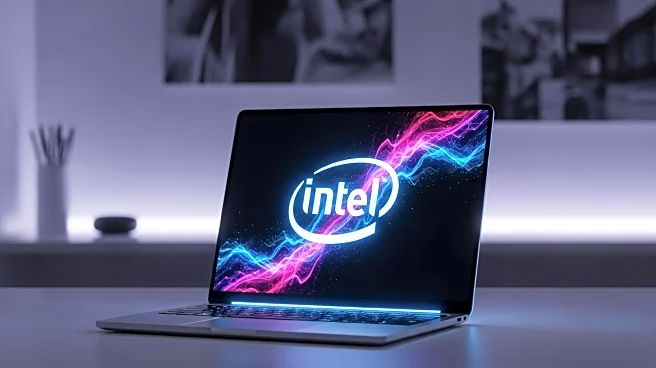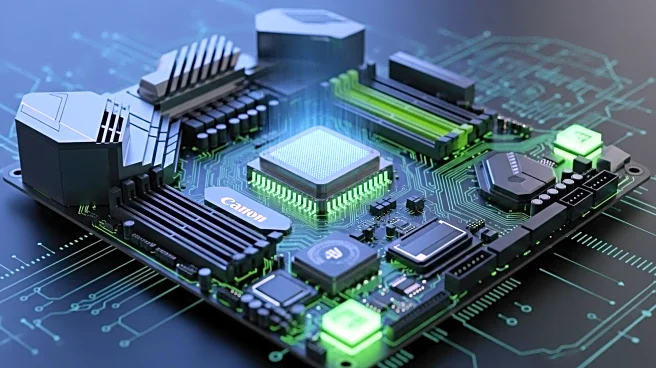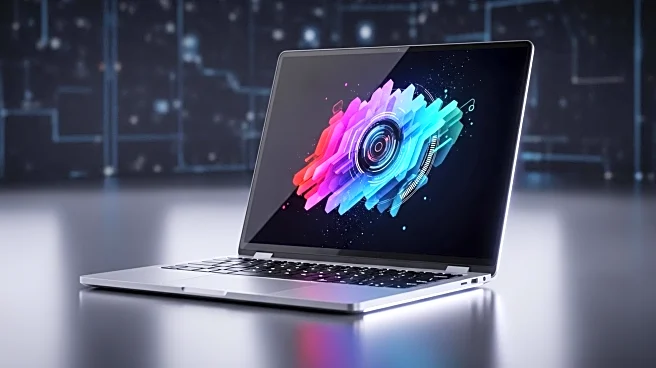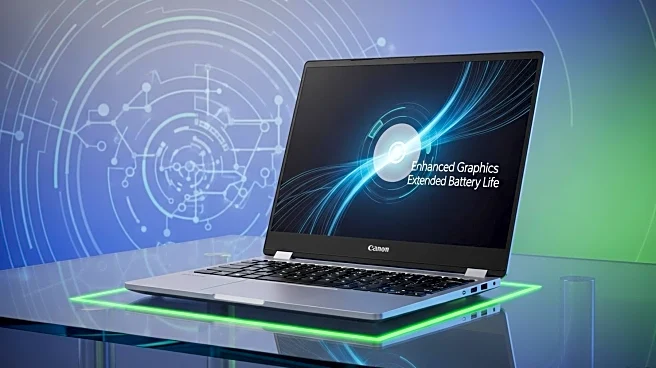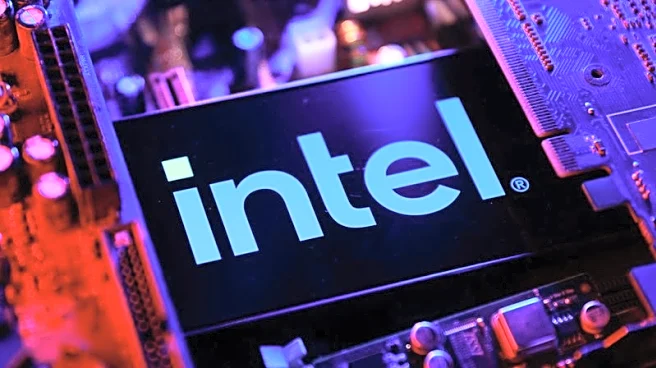What's Happening?
Beelink has introduced the GTR9 Pro, a high-performance computing system featuring the AMD Ryzen AI Max+ 395 processor, 128GB of LPDDR5X memory, and dual 10GbE networking capabilities. The system is priced at $1999, offering a competitive alternative to similar products like the Framework Desktop, which costs around $2500 with less functionality. The GTR9 Pro is designed to rival the Apple Mac Studio, incorporating features such as a built-in fingerprint reader, multiple USB ports, and advanced cooling systems. The device supports 8K 60Hz output through HDMI 2.1 and DisplayPort 2.1 ports, making it suitable for demanding applications and large model processing.
Why It's Important?
The introduction of the Beelink GTR9 Pro represents a significant advancement in desktop computing, particularly for users requiring high-speed networking and substantial memory capacity. Its competitive pricing and feature set make it an attractive option for professionals and enthusiasts who need robust computing power without the premium cost associated with brands like Apple. The dual 10GbE networking capability, powered by the Intel E610 controller, positions the GTR9 Pro as a leader in connectivity, appealing to users who require fast data transfer and network reliability. This development could influence market dynamics, encouraging other manufacturers to enhance their offerings to remain competitive.
What's Next?
As Beelink continues to refine its product offerings, potential updates to the GTR9 Pro's software and firmware could further enhance its performance and user experience. The competitive landscape may see other manufacturers responding with similar high-performance systems, potentially leading to price adjustments and feature enhancements across the industry. Users and businesses might evaluate the GTR9 Pro for integration into their workflows, particularly in sectors requiring high-speed data processing and storage solutions.
Beyond the Headlines
The GTR9 Pro's design, inspired by the Apple Mac Studio, highlights the trend of smaller companies emulating successful design elements from industry leaders to capture market share. This approach not only broadens consumer choice but also challenges established brands to innovate continuously. The focus on networking and storage capabilities reflects the growing demand for systems that can handle large-scale data operations efficiently, a need driven by advancements in AI and machine learning applications.


